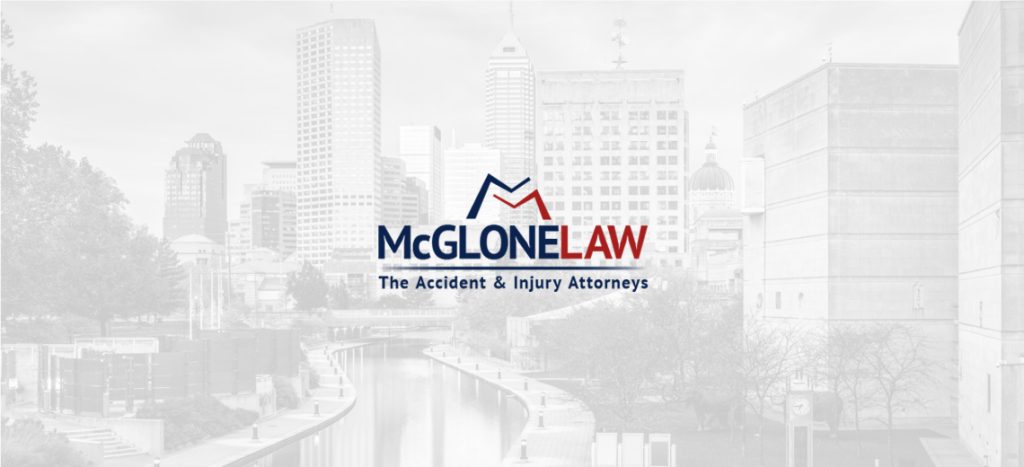When motor vehicle accidents happen, car occupants, including children, often suffer injuries ranging from minor to catastrophic or fatal. According to the Indiana University Public Policy Institute, in 2018, auto collisions caused the deaths of 3,133 children between the ages of 0 and 14 years old.
Wearing a seatbelt does not prevent all such injuries or deaths for child vehicle passengers. However, parents may help limit the potential risk in the event of a crash by ensuring their kids wear seatbelts in the backseat.
Gradual Slowing
According to the Indiana Criminal Justice Institute, the force of accidents sometimes violently jostles drivers and passengers about inside their vehicles. Staying in contact with the body, seatbelts work to gradually slow this movement caused by crash impacts. As such, this helps prevent further or abrupt injuries and the potential for some injuries, including whiplash or spinal cord injuries.
Prevent Ejection
Restraining children in their seats, seatbelts help prevent some ejections, which often cause traumatic brain injuries and other catastrophic trauma. The impact of some wrecks may throw drivers or passengers from the auto. The risk of this decreases, however, for those wearing seatbelts.
Disburse Collision Force
The design of seatbelts spreads the impact of accidents across the body. As a result, this helps prevent an excess of force on any one area, thus aiding to reduce the risk of some injuries.
Whether buckled or not, when children suffer injuries in auto wrecks, it may have lasting effects on their physical, emotional and financial health. Therefore, families in such cases often consider their options to recover fair compensation for their accident-associated losses.

 812-247-8416
812-247-8416 CALL US NOW
CALL US NOW





